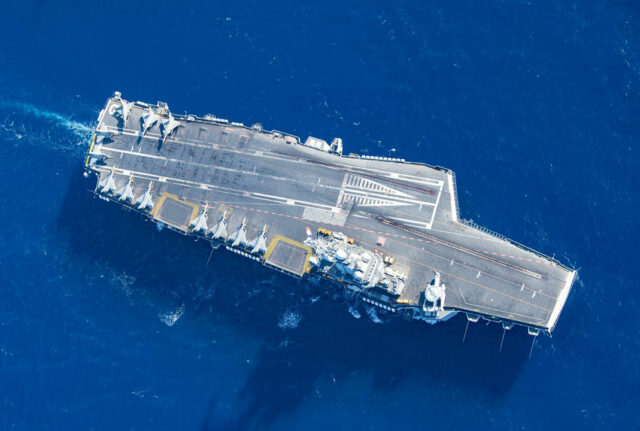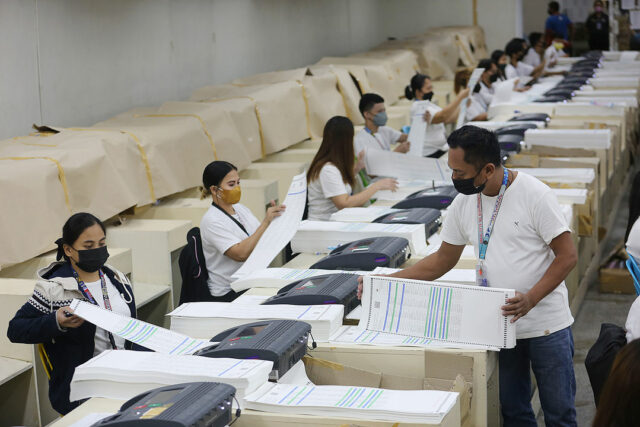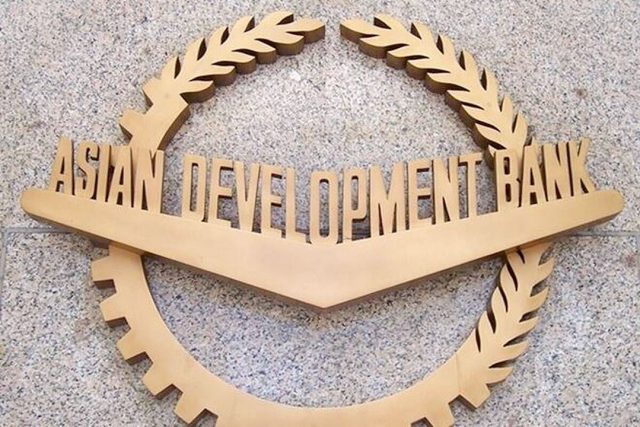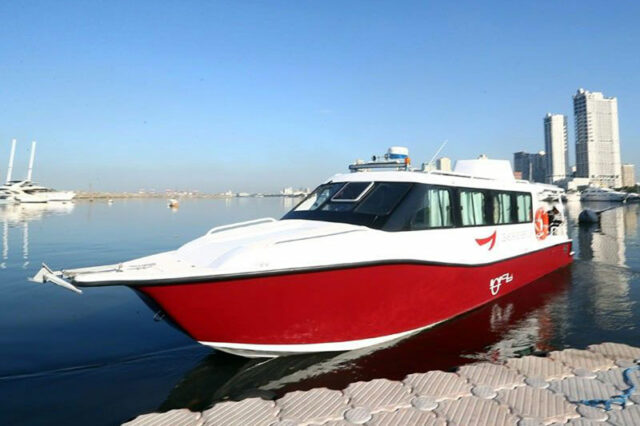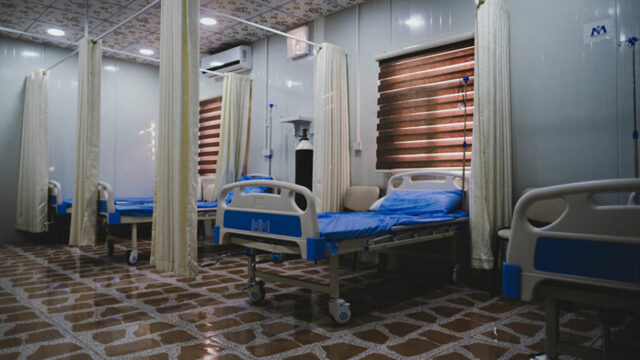THE US military has moved its Typhon launchers, which can fire multipurpose missiles up to thousands of kilometers, from Laoag airfield in the Philippines to another location on the island of Luzon, a senior Philippine government source said.
The Tomahawk cruise missiles in the launchers can hit targets in both China and Russia from the Philippines. The SM-6 missiles it also carries can strike air or sea targets more than 200 km (165 miles) away.
The senior Philippine government source said the redeployment would help determine where and how fast the missile battery could be moved to a new firing position. That mobility is seen as a way to make them more survivable during a conflict.
Satellite images showed the batteries and their associated gear being loaded onto C-17 transport aircraft at Laoag International Airport in recent weeks, said Jeffrey Lewis of the Middlebury Institute of International Studies. The white rain canopies that had covered the Typhon equipment were also removed, based on the images seen by Reuters.
The Typhon system is part of a US drive to amass a variety of anti-ship weapons in Asia.
Indo-Pacific Command (INDOPACOM), which oversees US forces in the region, told Reuters the Typhons have been “relocated within the Philippines.” Both INDOPACOM and the Philippine government declined to give the specific location to which the batteries were moved.
“The US government has coordinated closely with the Philippine government on every aspect of the MRC deployment, including the location,” said Commander Matthew Comer of INDOPACOM, referring to the Typhon by the initials of its formal name, mid-range capability.
He added that the relocation was not an indication that the batteries would remain permanently in the Philippines.
The weapon drew sharp criticism from China when it was first deployed in April 2024 during a training exercise. In September, when the US said it had no immediate plans to pull the Typhons out of the Philippines, China and Russia condemned the deployment as fueling an arms race.
China’s Foreign Ministry accused the Philippines on Thursday of creating tension and confrontation in the region, and urged it to “correct its wrong practices.”
“(The deployment) is also an extremely irresponsible choice for the people of the country and various Southeast Asian countries, and for regional security,” ministry spokesperson Mao Ning said at a news briefing.
Typhons are relatively easy to produce — drawing on large stockpiles and designs that have been around for a decade or more — and could help the US and its allies catch up quickly in an Indo-Pacific missile race in which China has a big lead.
Although the US military has declined to say how many will be deployed in the Indo-Pacific region, more than 800 SM-6 missiles are due to be bought in the next five years, according to government documents outlining military purchases. Several thousand Tomahawks are already in US inventories, the documents showed.
Both missiles are Raytheon products.
‘IRONCLAD COMMITMENTS’
Meanwhile, US Secretary of State Marco Rubio discussed China’s “dangerous and destabilizing actions in the South China Sea” with his Philippine counterpart on Wednesday and underscored the “ironclad” US defense commitment to Manila.
“Secretary Rubio conveyed that (China’s) behavior undermines regional peace and stability and is inconsistent with international law,” the US State Department said in a statement on the call with Foreign Affairs Secretary Enrique A. Manalo.
The two also discussed ways to boost security and economic ties between both countries for “further regional cooperation.”
The US is the Philippines’ major security partner, with a 1951 Mutual Defense Treaty compelling both nations to defend each other in case of an armed attack.
The Philippines has been embroiled in wrangles at sea with China in the past two years and the two countries have faced off regularly around disputed features in the South China Sea that fall within Manila’s exclusive economic zone.
Mr. Rubio’s call came after he hosted counterparts from Australia, India and Japan in the China-focused “Quad” forum on Tuesday, the day after President Donald J. Trump returned to the White House. The four recommitted to working together.
Quad members and the Philippines share concerns about China’s growing power and analysts said on Tuesday’s meeting was designed to signal continuity in the Indo-Pacific and that countering Beijing would be a top priority for Mr. Trump.
In the call with Mr. Manalo, Mr. Rubio “underscored the United States’ ironclad commitments to the Philippines” under their Mutual Defense Treaty and discussed ways to advance security cooperation, expand economic ties and deepen regional cooperation, according to the statement.
China’s Foreign Ministry said its activities in the waters were “reasonable, lawful and beyond reproach.”
Speaking at a regular press conference, Ms. Mao, the Chinese Foreign Ministry spokesperson, said the US was “not a party” to the South China Sea dispute, and had “no right to intervene” in maritime issues between China and the Philippines.
“Military cooperation between the US and the Philippines should not undermine China’s sovereignty and maritime rights and interests in the South China Sea, nor should it be used to endorse the illegal claims of the Philippines,” she said.
Just ahead of Mr. Trump’s inauguration, the Philippines and the US held their fifth set of joint maritime exercises in the South China Sea since launching the exercises in 2023.
Security engagements between the allies have soared under Philippine President Ferdinand R. Marcos, Jr., who has moved closer to Washington and allowed the expansion of military bases that American forces could access, including facilities facing the democratically governed island of Taiwan, which China claims as its own.
Visiting the Philippines last week, Japanese Foreign Minister Takeshi Iwaya said a trilateral initiative to boost cooperation launched by Japan, the US and the Philippines at a summit last year would be strengthened when the new US administration took over in Washington.
“This is music to Manila’s ears as Washington supports us and rebukes Beijing’s inconsistent appreciation of international law,” Chester B. Cabalza, founding president at Manila-based think tank International Development and Security Cooperation, said in a Facebook Messenger chat.
“But the US and Philippines must work harder to maintain peace and order in the West Philippine Sea and ensure that China will not abuse its show of force and noncompliance with the 2016 arbitral award,” he added.
Also on Thursday, Japanese Ambassador to the Philippines Endo Kazuya said Japan would continue working with members of the Association of Southeast Asian Nations (ASEAN) to keep the rule-based order.
“The world’s oceans are interconnected, and comprehensive international cooperation and partnership are necessary to address maritime security issues in each sea area,” he said in a speech at a security forum in Manila. “We are committed to working with ASEAN countries and other concerned countries to maintain and strengthen the maritime order based on the rule of law.” — John Victor D. Ordoñez with Reuters



